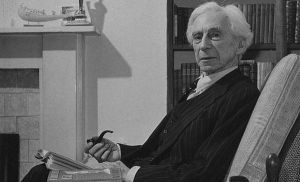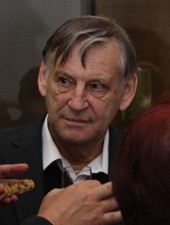
Summaries
A summary is a brief description of what you are reading. Summaries have become very widespread using them on the internet, job postings, articles and much more. They have become very prevalent in the sharing of information in today’s society.
The article, “Writing Summaries” explains how details are given within the summary of an article to allow a reader to gain facts and information on what will be provided within the material itself. It must be, “accurate” information found within the article. Three forms of summaries are; informational, analytical, and provocative.
Informational summary: is direct and straight to the point to give readers an outline of the story. This allows the reader to determine if they would like to continue reading the story based on the information given.
Analytical summary: An interpretation of the story that tends focuses more on the analytical side of “why” and “how”. It is an attempt to explain the story from the writer’s perspective.
Provocative summary: Presents the information within the story by expressing the writer’s attitude and opinion of the story in hope to grab the reader’s attention.
The “King” of writing in the 21st Century
Due to the fast paced nature of today’s society, the sharing of information must be quick, clear, and concise. The way we write has been affected, by the way that we live. Not because of a new innovation, but due to the fast pace society individuals have adapted. According to Roy Peter Clark in his article Introduction to ‘How to write short: Word Craft for Fast Times’, this is not a new innovation. Short writing styles remain unbroken. There are two sections within this book dividing how and why there is a need to keep writings short.
“The how comprises the rhetorical strategies that make a short text tick”.
“The why reveals the practical uses of short writing over centuries, the ways in which writers use short forms to fulfill their aspirations, from the quotidian to the eternal”.
Is your pharmacy healthy?
I came across an article on msn.com The unhealthiest things in your pharmacy. This articles notates how CVS is making the healthy and “bold” move to remove cigarettes from their stores. Yes, they are banning tobacco sells! It’s about time a pharmacy starts to worry about people’s health. Isn’t that the purpose of a pharmacy?
However, the articles goes on to ask about the other unhealthy products that are sold in pharmacies. Yes, banning tobacco products is the new hype and it is about time that pharmacy’s look at the health issues as a factor, but what about the soda, energy drinks, diet pills, hazards cleaners and other products that are hazards to our health’s and are sold on the shelves of the pharmacy’s?
Life changing events
Children are our life. Once you become a parent your life changes. It’s a wonderful life experience that no one can be ready for.
After reading 10 things I said my children wouldn’t do, I couldn’t agree any more with the quote:
“The people who can raise a perfectly well behaved child are those people who don’t have any children.”
Anyone can say they are going to do this and going to do that, but no one knows exactly what they are going to do until it happens when it comes to children. I too thought my children would be really healthy eaters and that is not the case. I have one daughter is an extreme healthy eater and the other is so picky I am just glad she is eating.
Christina goes on and elaborates on other examples that people might say they will never do as a parent such as be late, have a messy house, have their children pull tantrums in public and so on. If you want to know the truth about motherhood read the article by Christina that was posted on MSN.com for the scarymommy.com. She couldn’t be any closer to the truth and does not hold back.

